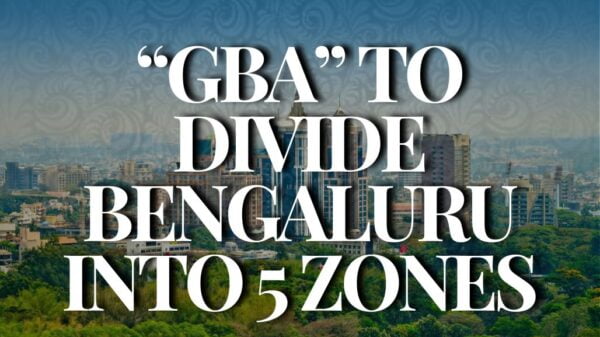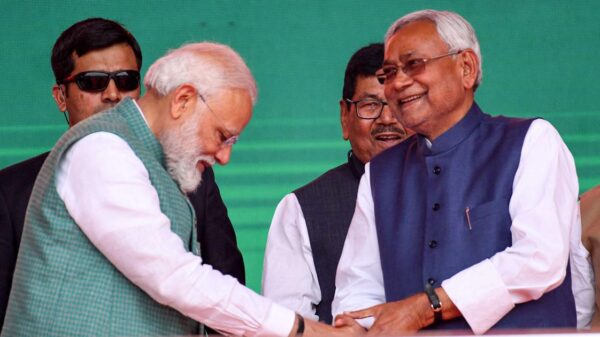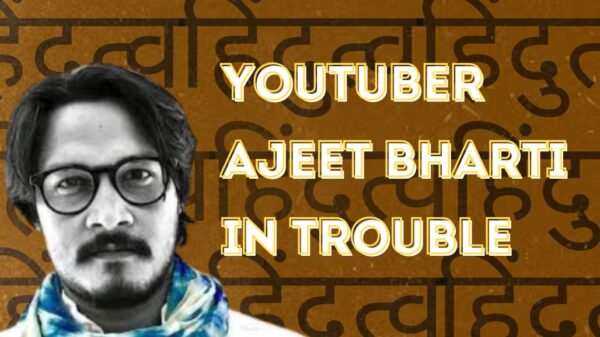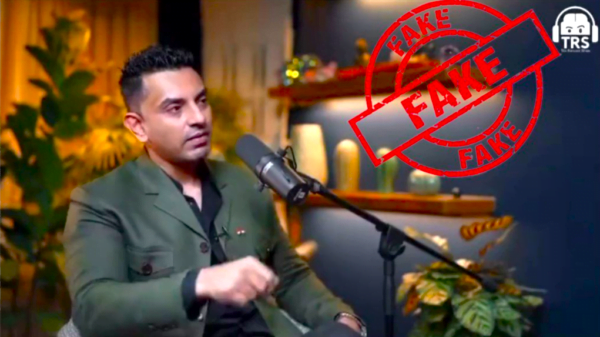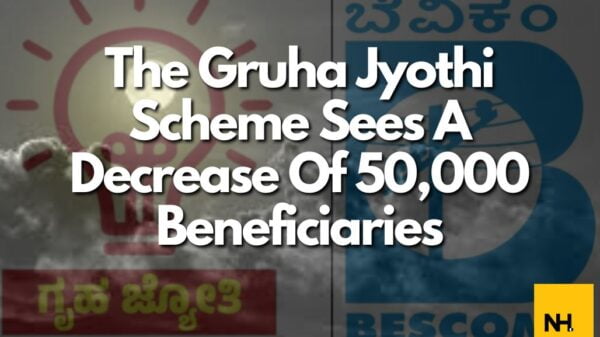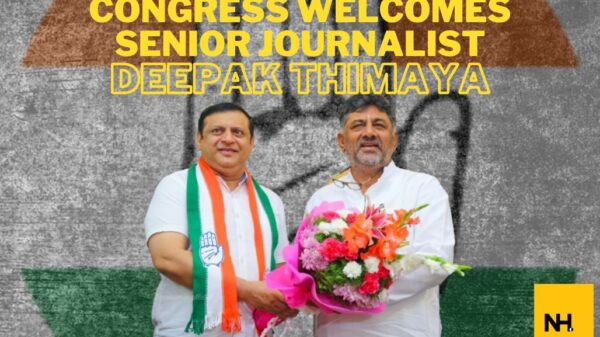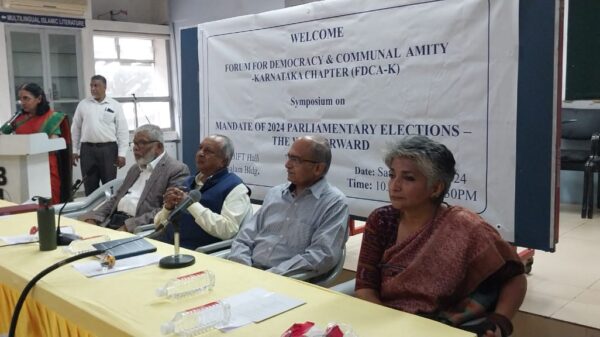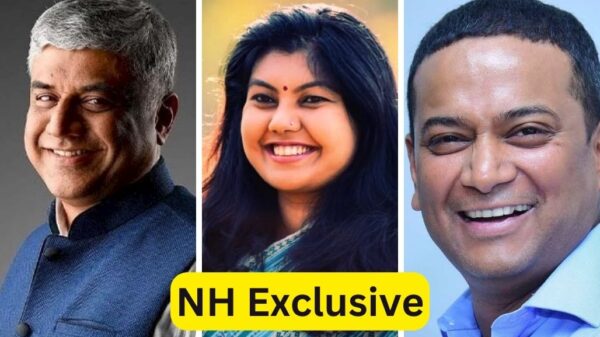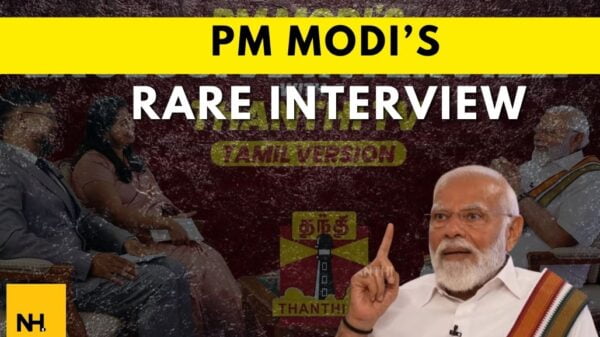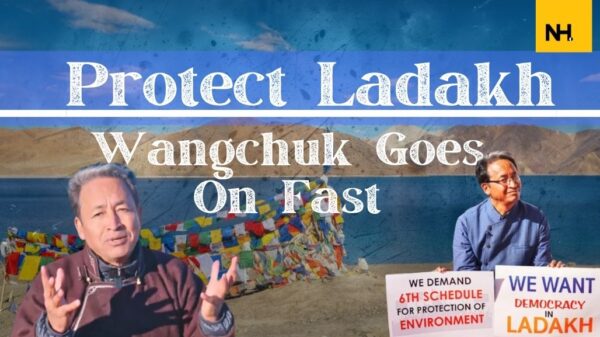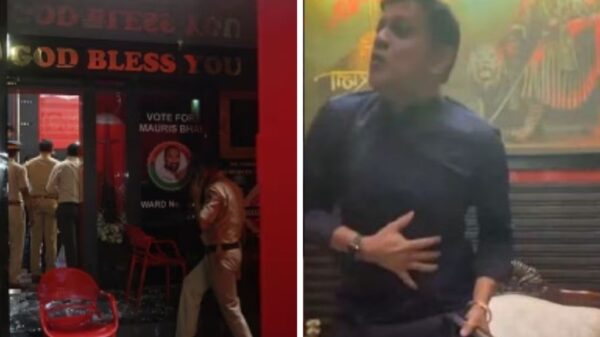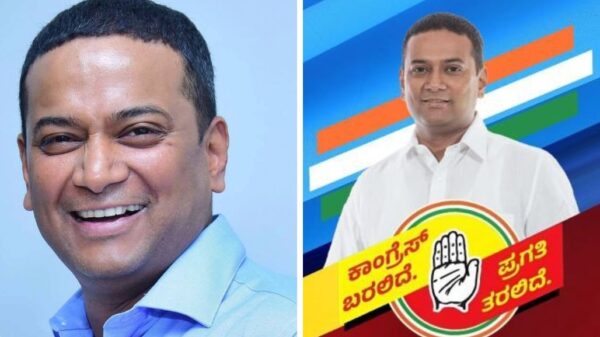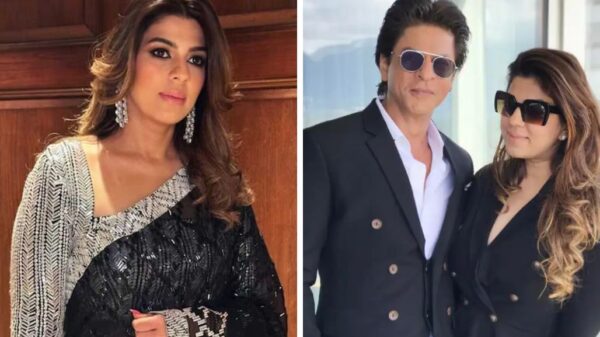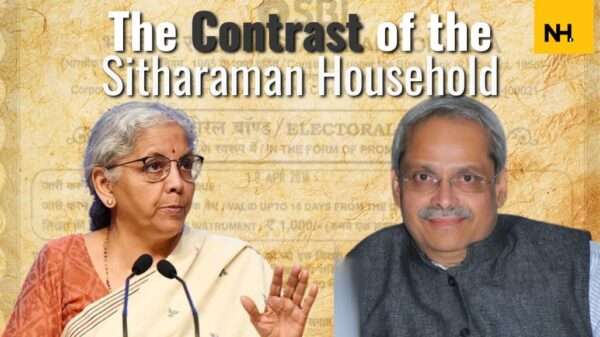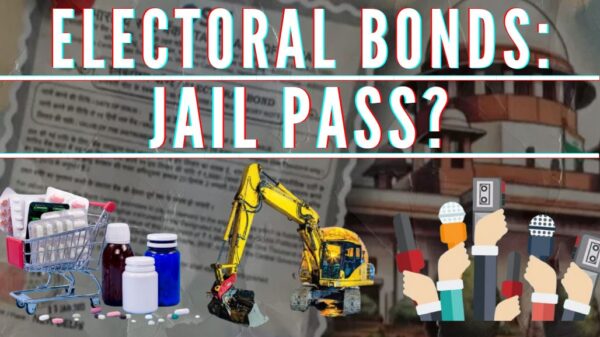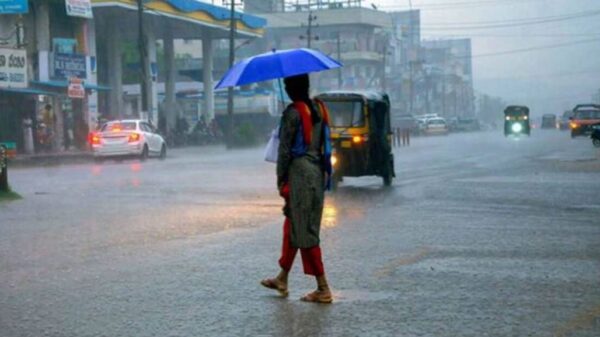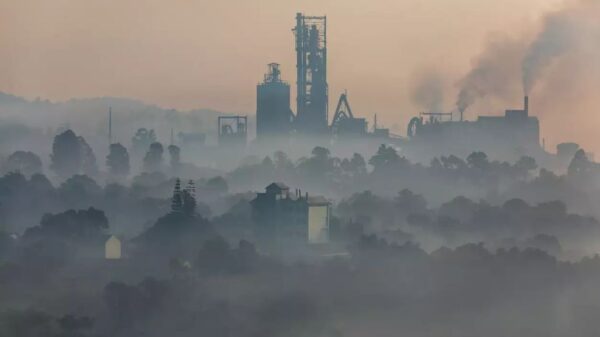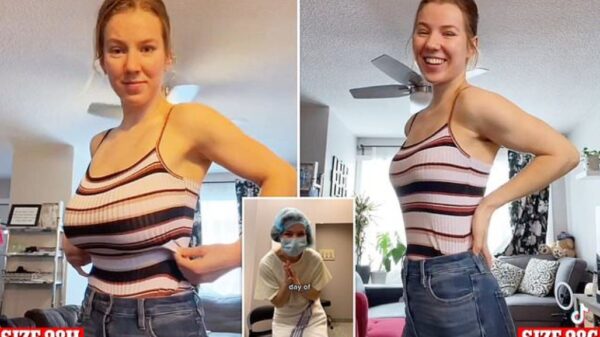‘India: The Modi Question’ is no more just a documentary. The BBC original is a collage of reports and interviews, from those directly or indirectly involved with the stakeholders, victims and alleged guilty. In one of the snippets from the documentary, Narendra Modi is seen sitting down in an interview, where he stresses on the term ‘False Propaganda’ when asked about the killings of innocent people. The term ‘false propaganda’ is extremely significant, as that is the adjective which the current government has used for describing the BBC documentary.
)
Narendra Modi. Credits – NDTV
Part one of the series takes the viewers down a difficult memory lane. Starting with the mention of the riots in 2002, the documentary does little to look at the cause and wastes no time in entering the zone where the then Gujarat Chief Minister Narendra Modi’s involvement becomes clear. There are a few stories from the victims, followed by people from all ends of the spectrum giving their opinions (and their organisation’s stand) on the same issue.
The spokesperson of the Ministry of External Affairs made it clear that the documentary has not been made available in India and, thus those in power did not have any opportunity to view it. However, a stark contrast appears, when the spokesperson, in the same breath, says that they saw the documentary and thought that it was false propaganda.
The documentary explicitly mentions that they reached out to the government of India for their comment, but they declined. Besides, it also claims to have reached out to over 20 people who did not participate, fearing the authorities. For the longest period, the documentary tries to be objective in its approach. While the majority of the speakers might seem to have a clear anti-Modi position in their minds, there is also space for those who have been involved with the right-wing party.

Narendra Modi with the then Prime Minister of India Atal Bihari Vajpayee. Credits – WWikimedia Commons
The documentary is surely a hard-hitting portrayal of the event as it unfolded a couple of decades ago. However, it could also be contested that the information is shown in a manner where the creators had already made up their minds over the verdict of the documentary. Claims made by several people in the documentary were later proved untrue in the court of law of the country. For those viewing the documentary outside India, such image of India’s justice system, which has a respectable record, will get dented to a certain extent.
The reason why there seems to be only a forced effort in being objective as the claims from one end of the spectrum are held above the claims from the other end. The grammar used to talk about the immediate cause of the riots, Godhra, is very different from that of the riots which followed.
Having said that, calling a reportage that does include an effort to voice a plurality of opinions, a piece of propaganda is a fallacy. Notwithstanding the side which the organisation is choosing to stand by, what is shown in the documentary is a result of objective reporting. The weightage given to the perspective of the status quo might be an issue, but that surely does not discredit the objectivity which the makers try to ensure.


